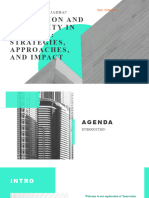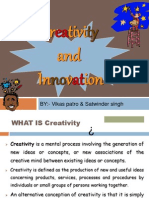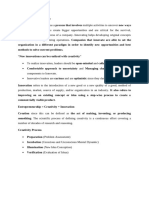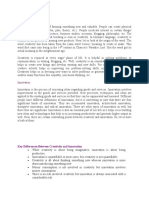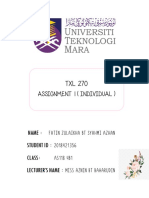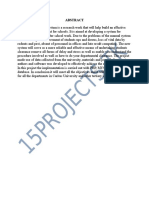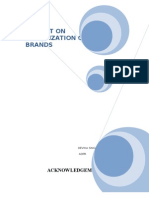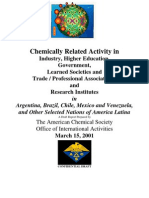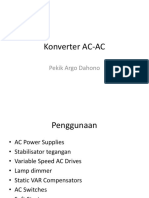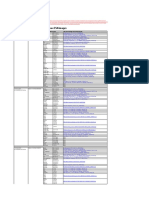0% found this document useful (0 votes)
12 views20 pagesDT Unit 3 Lecture Notes
The lecture notes on Design Thinking cover the significance of innovation and creativity in organizations, highlighting their roles in problem-solving, competitive advantage, and customer satisfaction. It outlines the process of transforming creative ideas into practical innovations and emphasizes the importance of effective team structures for fostering innovation. Additionally, the notes discuss measuring the impact of creativity through various metrics and engage students in activities to enhance their understanding of innovation strategies.
Uploaded by
kpuneethkumarnaik786Copyright
© © All Rights Reserved
We take content rights seriously. If you suspect this is your content, claim it here.
Available Formats
Download as PDF, TXT or read online on Scribd
0% found this document useful (0 votes)
12 views20 pagesDT Unit 3 Lecture Notes
The lecture notes on Design Thinking cover the significance of innovation and creativity in organizations, highlighting their roles in problem-solving, competitive advantage, and customer satisfaction. It outlines the process of transforming creative ideas into practical innovations and emphasizes the importance of effective team structures for fostering innovation. Additionally, the notes discuss measuring the impact of creativity through various metrics and engage students in activities to enhance their understanding of innovation strategies.
Uploaded by
kpuneethkumarnaik786Copyright
© © All Rights Reserved
We take content rights seriously. If you suspect this is your content, claim it here.
Available Formats
Download as PDF, TXT or read online on Scribd
/ 20






















